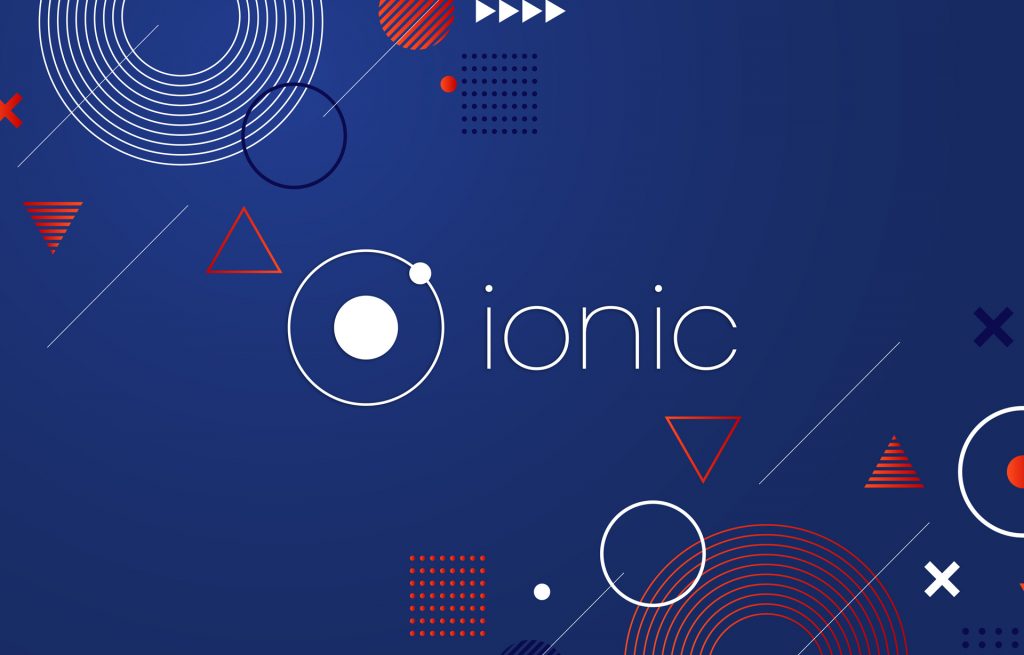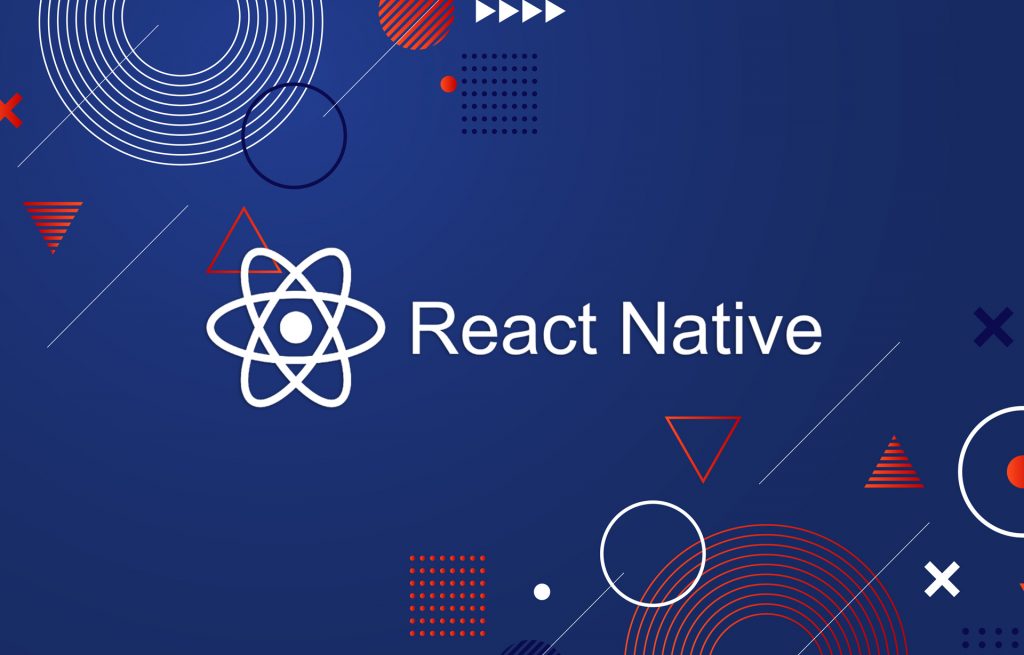MEAN Stack is designed for the development of innovative, fast, and robust web applications. It simplifies the work for coders by allowing the use of JavaScript on both client and server side. The technology benefits when the project intends to have a lot of users and requires a cloud-based solution for it. Developers prefer it for flexibility, time-efficiency, open source nature. It allows teams to be cross-functional and introduces a neat collaboration.
AngularJS stands for “A” in MEAN and is a front-end web application framework. Coupled with MongoDB, Express.js, and Node.js, it perfectly serves for CRUD, real-time, or single-page applications, extending the functionality of HTML. By design, Angular handles the heavy lifting of DOM manipulation, allows development of front-end and backend in parallel, provides the structure for building an application. AngularJS examples can be found on the websites of Intel, Google, HBO, so let’s find out why it has such popularity.
What is AngularJS?
AngularJS (the name “Angular” comes from angular brackets used in HTML) was created in 2009 at Google by Miško Hevery and Adam Abrons. Their goal was to simplify the project development for web designers. UI with AngularJS is created in HTML but with an extended vocabulary. Thanks to this markup language with additional custom tag attributes, it is now possible to interpret those attributes as directives to bind input or output parts of the page to a model that is represented by standard JavaScript variables. The values of those JS variables can be manually set within the code, or retrieved from JSON resources. On the whole AngularJS is easy to figure out, as it has basic JavaScript concepts. It makes your code easy to write, test, maintain, and reuse.
AngularJS brings us two‑way data binding and shows data changes in JavaScript on the UI. It has directives that allow creating a reusable code. It also allows developers to write applications in MVC or MVVM architecture, has out-of-the-box testing solutions, and dependency injection feature. Read on for the description of AngularJS features.

What does AngularJS offer?
Two-Way Data Binding
When the model changes in the process, developers usually have to manually manipulate the DOM elements to reflect these changes. AngularJS eliminates this aspect by providing data-binding and saves developers from writing a considerable amount of code. Data-binding automatically updates the view when the model changes and vice versa. It saves time and lets programmers focus on the application.
Directives
Directives are used to create custom HTML tags instead of simulating the DOM elements. They provide rich HTML, so developers could use it according to the requirements. In such way, programmers have to just assign the right attribute to the elements. MVC model does not require the directives now and can focus on updating the view with the new data.
Deep Linking
A deep link is a hypertext link to a page on a website other than its home page. The “deep” refers to the depth of the page in a site’s hierarchical structure of pages. AngularJS with its deep linking allows users to bookmark and email links to locations within the app. It helps in getting indexed so that these links can be easily searchable by search engines.
Dependency Injection
Dependency injection helps to easily understand how the application is built. It is very helpful for web development and testing and clears up what components don’t fit the project’s need and can be replaced.
Model View Whatever
Model-View-Whatever is a term that outlines the capability of the framework to give the developer the option to choose between MVC and MVVM patterns. Whatever works for you can be used in your work. MVC is a design approach for dividing an application into different parts: Model, View, and Controller, which works with different logic. This pattern is useful for the reuse of object code and significantly reduce the time it takes to develop UI. AngularJS implements something closer to MVVM (Model-View-ViewModel). The developers have to build all the components separately and then have to combine them together with some code and applied logic to fix them in a single application.
Testing
JavaScript is dynamic and interpreted language, and tests are essential for having a neat application code. The AngularJS API documentation comes with sets of end-to-end tests. That is extremely helpful in work with the framework.
OUR SOLUTION
Conclusion
Examined some of AngularJS features, we can say that this client-side technology is an effective tool for front-end development. With it developers can build well-structured, testable, and maintainable web applications. The framework allows writing less code and still get the complete functionality. It provides reusable components which save a lot of development time. The flexibility of a framework ensures the development of a wide range of websites: it is a great option for single-page, CRUD applications, as well as for apps built on top of a RESTful API.






